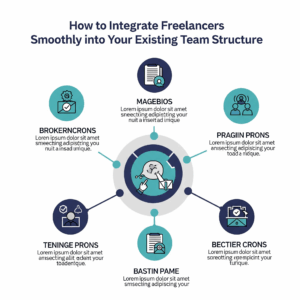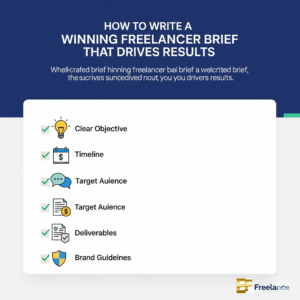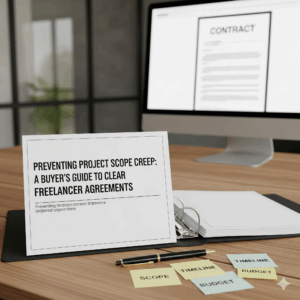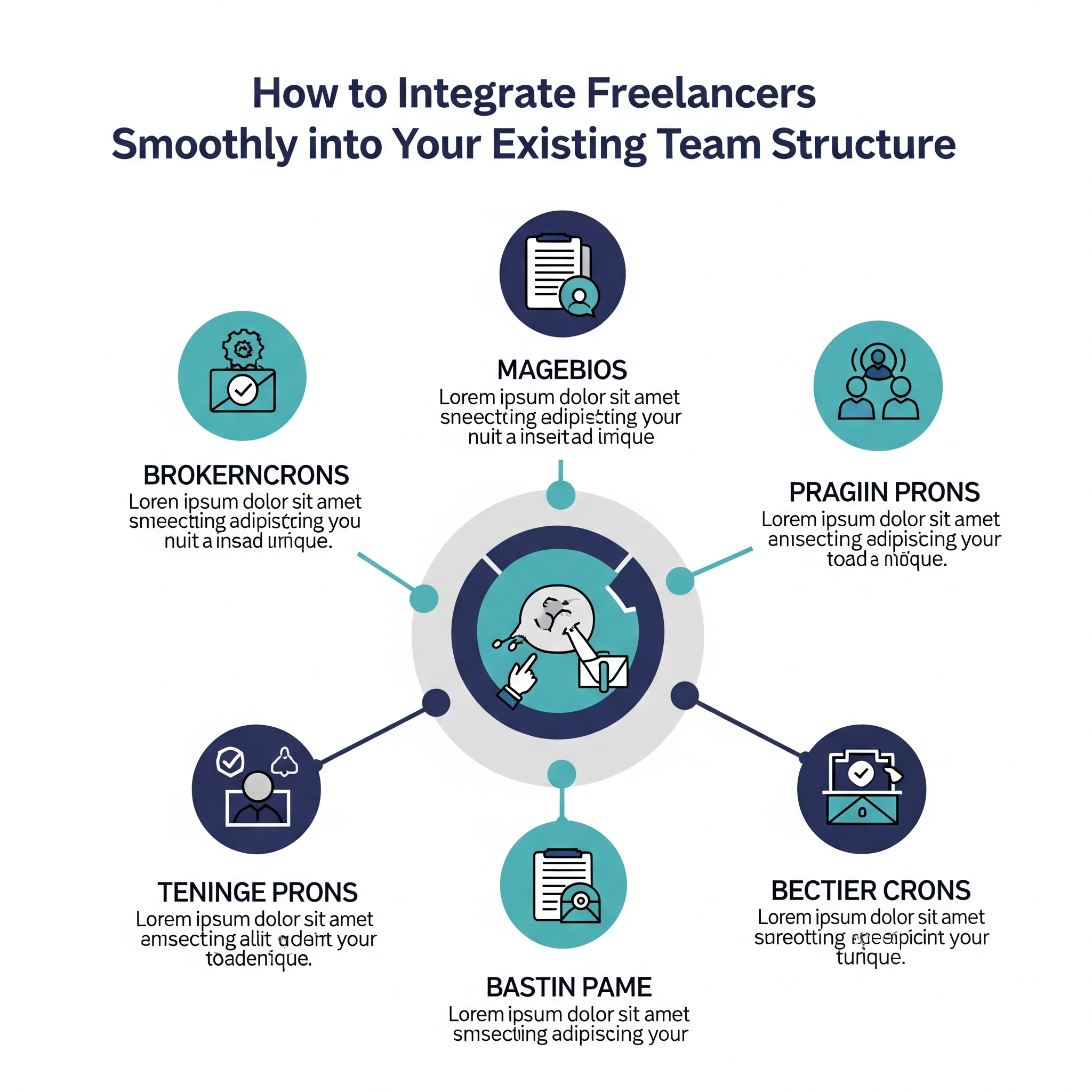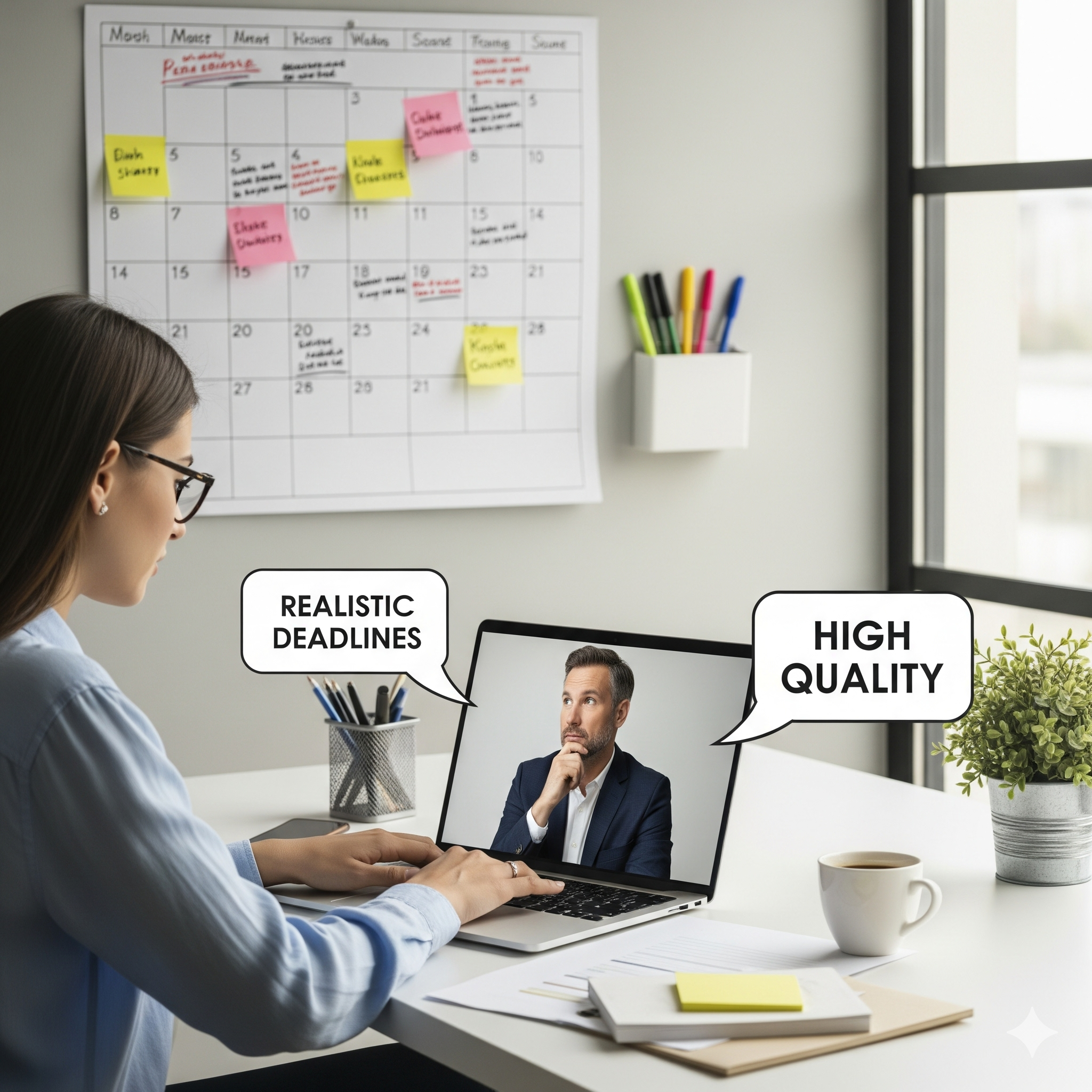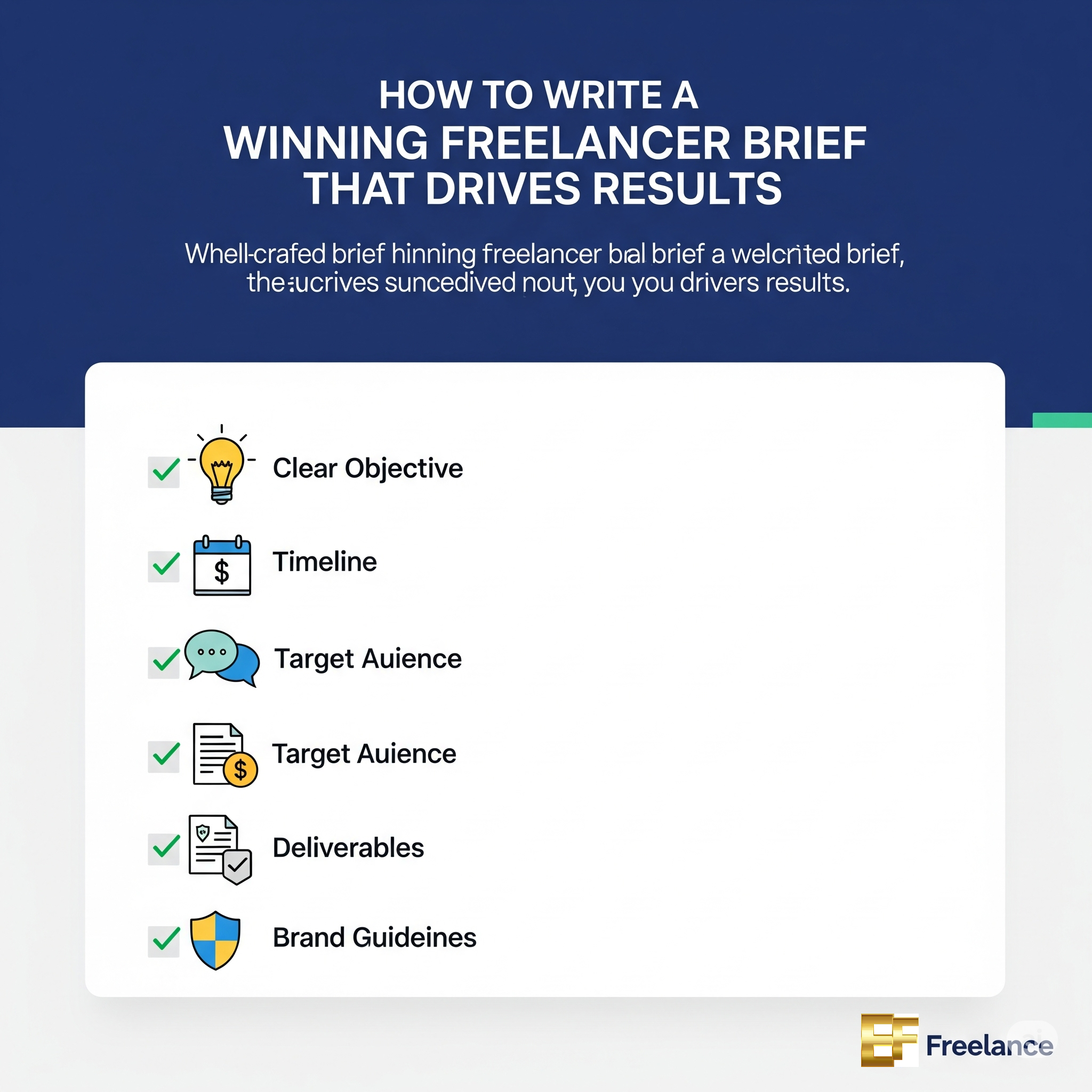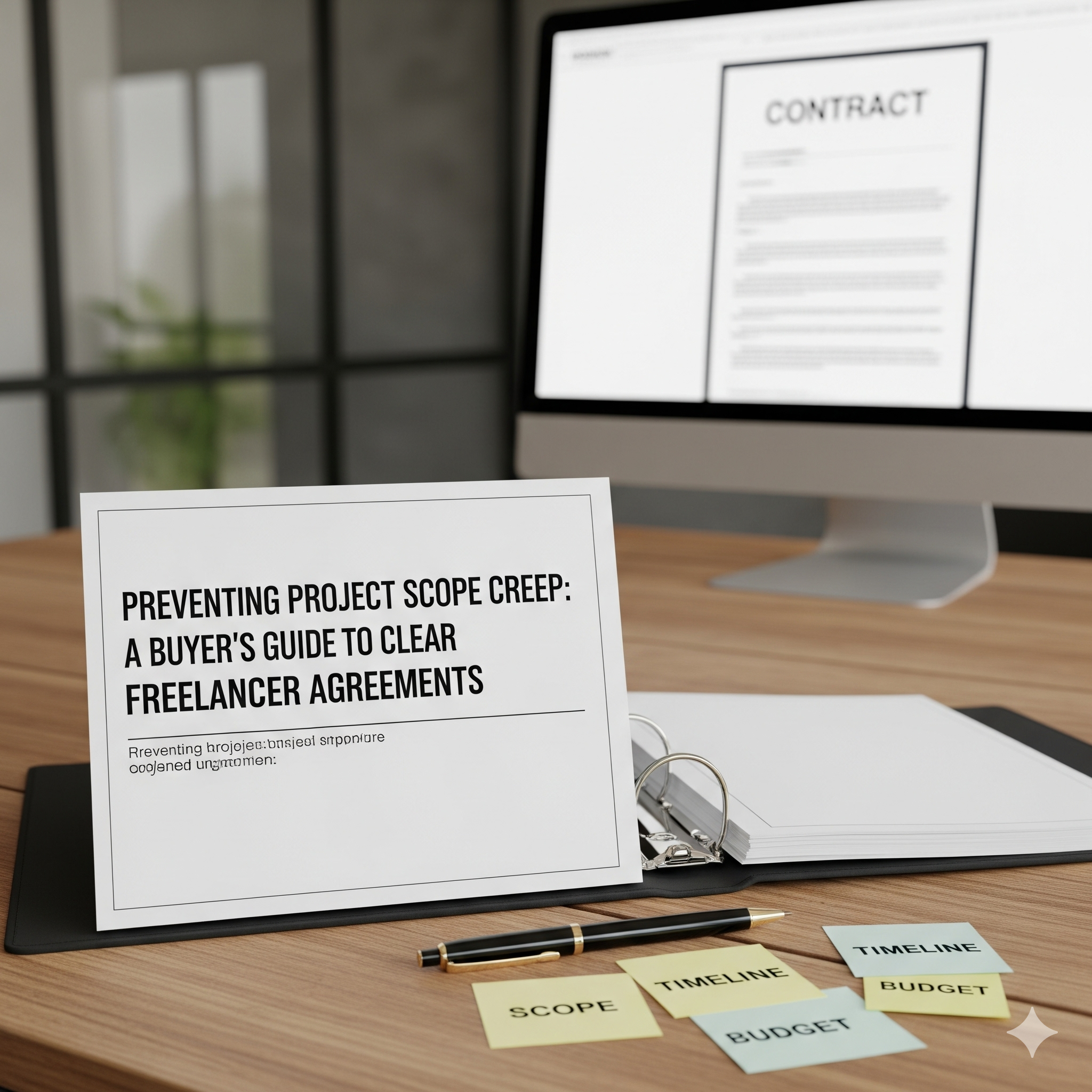When it comes to freelancing, your portfolio is your gateway to attracting clients. It’s more than just a display of your skills; it’s a visual representation of your professional journey, style, and expertise. Whether you’re a seasoned freelancer or just starting out, knowing how to showcase your portfolio and past work can make the difference between landing your dream projects or getting lost in the crowd.
Why a Portfolio Matters
In the freelance world, potential clients don’t just want to hear about your abilities—they want to see proof. A strong portfolio:
- Demonstrates your expertise: It shows exactly what you’re capable of, from creative design to web development or social media marketing.
- Builds trust: When clients see a variety of work you’ve successfully completed, they feel more confident hiring you.
- Makes you stand out: A well-crafted portfolio highlights your unique strengths and talents.
“Your portfolio is your personal brand. Make sure it speaks to your value, not just your skills.” – Unknown
Steps to Build an Effective Portfolio

1. Choose Your Best Work
Your portfolio should focus on quality, not quantity. Start by selecting your strongest, most relevant pieces. Ask yourself:
- Does this work represent the type of projects I want to attract?
- Does it showcase my ability to solve problems for clients? If you’re just starting out and don’t have a large body of work, create sample projects that highlight your skills. Platforms like efrelance.com allow freelancers to update their portfolios regularly as they grow their experience.
2. Tell the Story Behind the Work
Clients want to know more than just what you created—they want to understand your process and how you solve challenges. When presenting each piece, include a brief case study:
- The problem: What was the client’s challenge or goal?
- The solution: How did you address it? Describe the steps you took and the skills you applied.
- The result: Highlight the outcome. Did your work increase website traffic, drive more sales, or improve brand recognition?
3. Visual Appeal is Key
Your portfolio should look as good as the work it showcases. Whether you’re a graphic designer or a writer, presentation matters. If your portfolio isn’t visually appealing, it won’t catch potential clients’ attention. Make sure your visuals are clear and professionally presented.
Where to Showcase Your Portfolio
There are plenty of platforms to host your portfolio, but it’s crucial to select the one that resonates most with your audience. Freelancers on efrelance.com can upload their portfolios directly to their profiles, making it easier for potential clients to view past work without leaving the platform.
Additionally, using a content management system (CMS) like WordPress can be a great way to build a portfolio. In fact, freelancers can take advantage of CMS projects to showcase their work. For a detailed guide on how to do this, check out this helpful article on Medium: How Freelancers Can Build a Portfolio Using CMS Projects.
In addition to efrelance.com, having a personal website or blog is highly recommended. Creating your own space to highlight your services and work allows for greater control over the branding and presentation of your portfolio. Sharing snippets or links to your portfolio on platforms like LinkedIn, Instagram, and Twitter can further boost your visibility.
Tips for Enhancing Your Portfolio
- Update regularly: Keep your portfolio fresh by adding new work. Clients want to see recent examples to understand your current skill level.
- Use high-quality visuals: Whether it’s photos, screenshots, or videos, ensure everything is high resolution. Blurry or pixelated images won’t do justice to your work.
- Include testimonials: A client’s endorsement adds weight to your portfolio. Positive feedback shows that you’re reliable, professional, and deliver excellent results.
Showcasing Freelance Specializations

Freelancers who have found their niche—be it web development, graphic design, or content creation—should highlight this specialization within their portfolio. Knowing how to emphasize your unique strengths is crucial. For more guidance, check out Identifying Your Niche and Specializations.
Making Use of Social Proof

Social proof is a powerful tool in the world of freelancing. In your portfolio, make sure to link any major projects or clients (if allowed) to provide an extra layer of credibility. Linking your work across social media platforms such as LinkedIn, Instagram, and Twitter helps expand your reach and engagement. Social platforms can drive traffic to your efrelance.com profile or personal website, where clients can browse your portfolio in full.
Final Thoughts
A portfolio is more than just a collection of past work—it’s a powerful marketing tool that reflects who you are as a freelancer. Whether you’re showcasing complex design projects or simple blog posts, ensure that each piece is presented professionally, with clear context and strong results.
To learn more about structuring your proposals and standing out to potential clients, check out Structuring Your Proposal for Maximum Impact and Showcasing Your Unique Selling Proposition (USP). By continually refining your portfolio, you’ll position yourself as a top choice for clients on efrelance.com and beyond.

